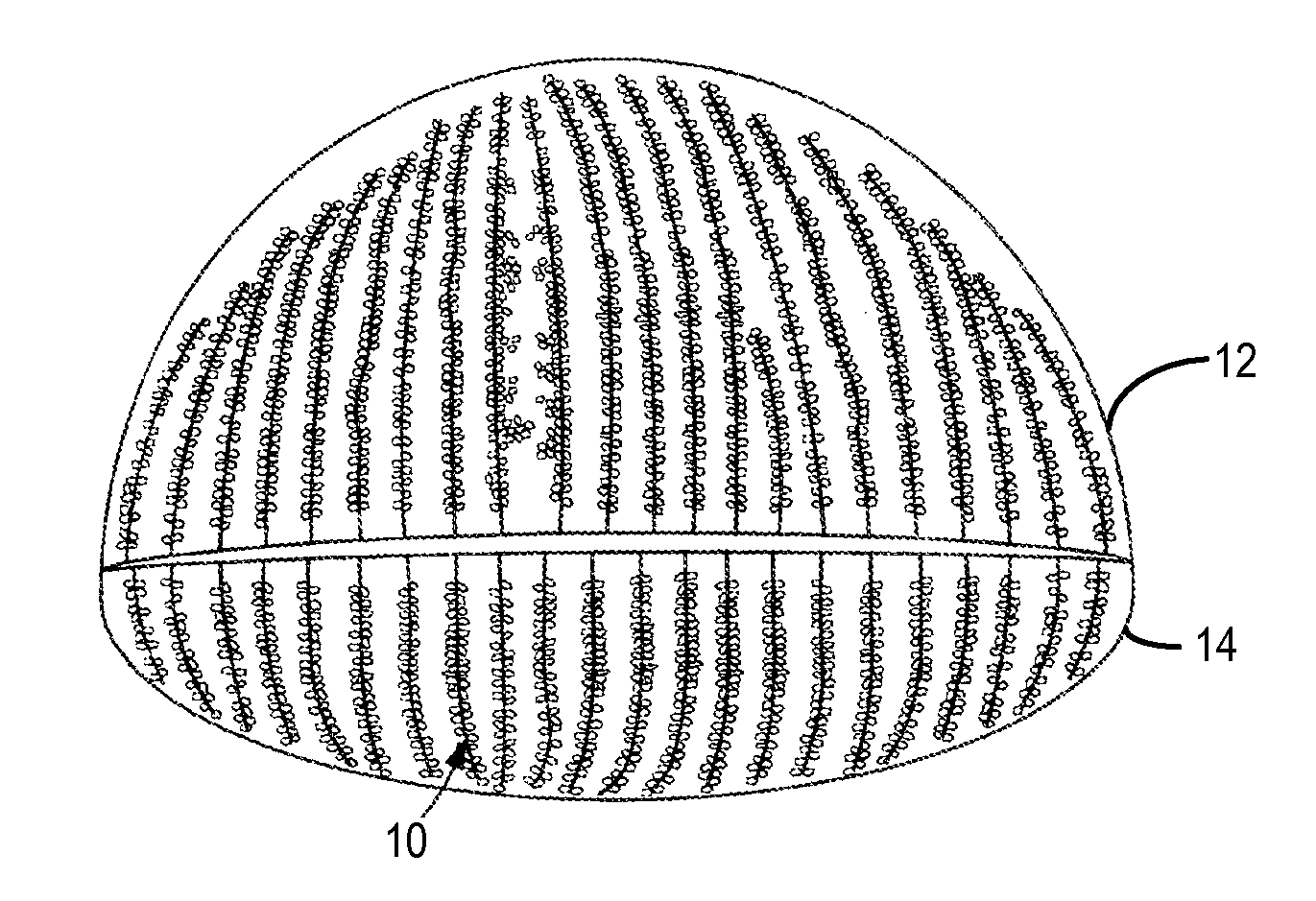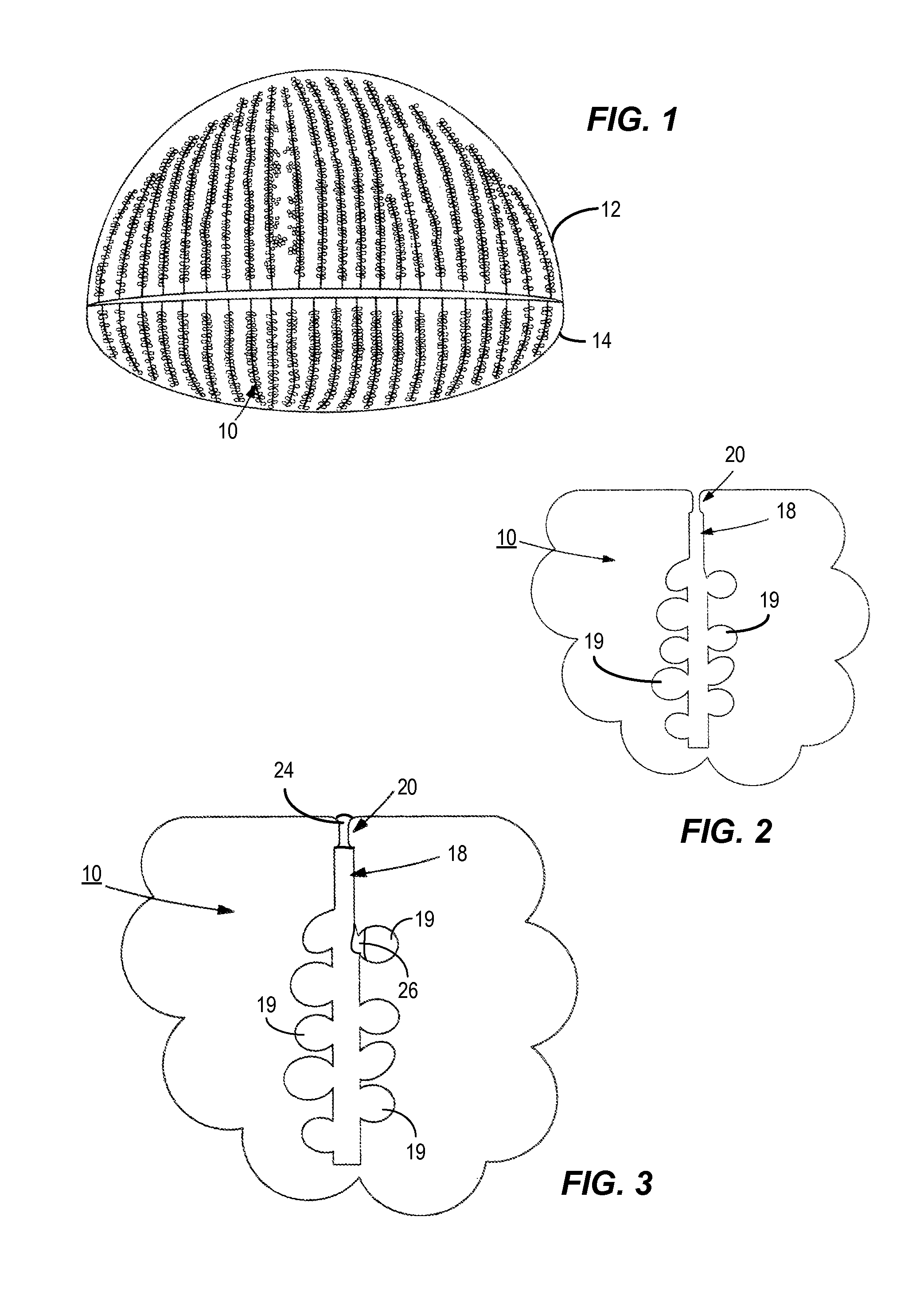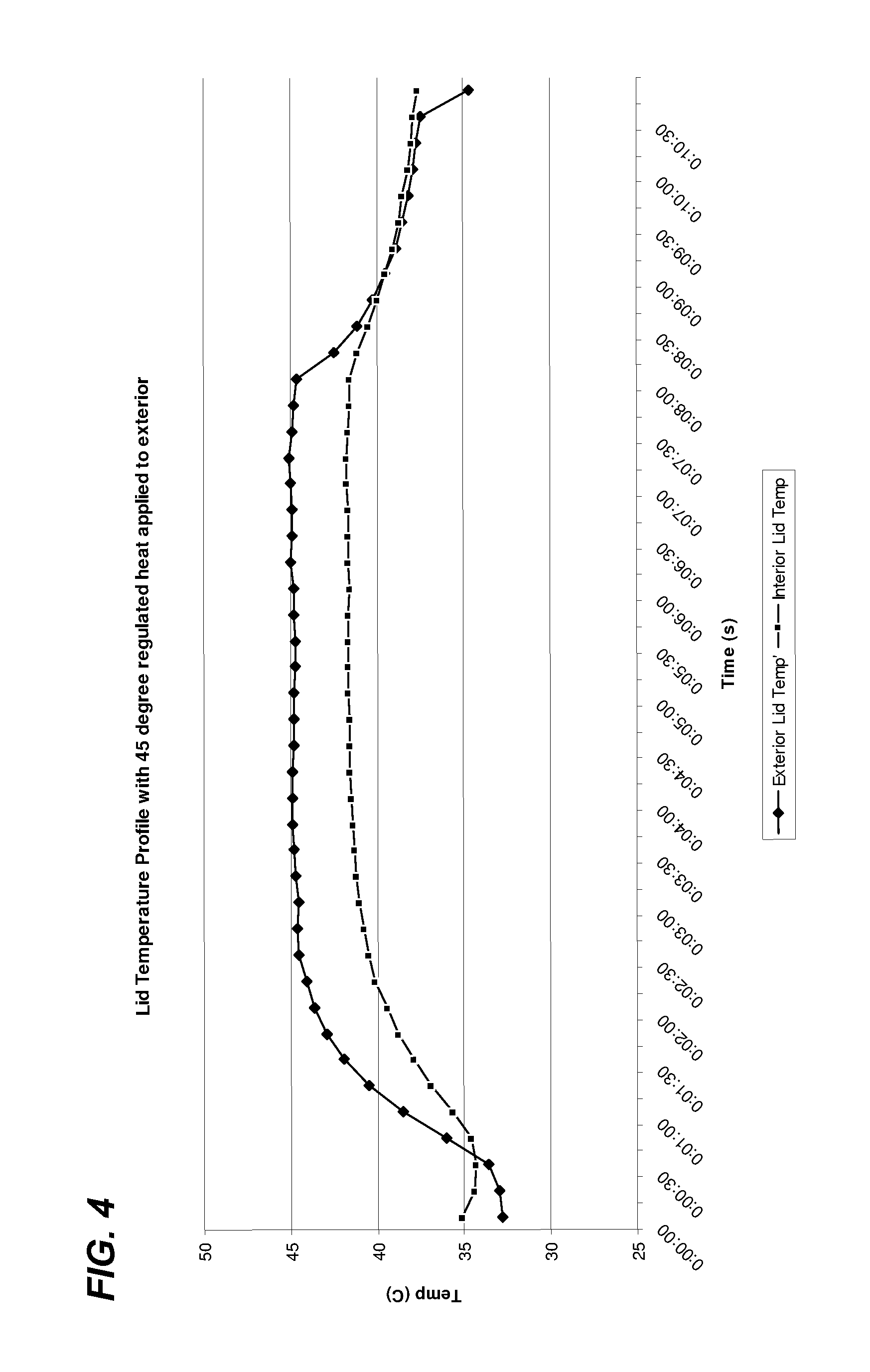Treatment of obstructive disorders of the eye or eyelid
a technology of obstructive disorders and eyelids, applied in the field of mammalian eyes, can solve problems such as itchiness, burning, irritation, and dryness, and achieve the effect of promoting the healing of the disorder
- Summary
- Abstract
- Description
- Claims
- Application Information
AI Technical Summary
Benefits of technology
Problems solved by technology
Method used
Image
Examples
Embodiment Construction
[0032]It is an object of certain embodiments consistent with the present invention to provide a method for treatment of mammalian eyes or eyelids. This treatment includes, but is not limited to, treatment for Meibomian Gland Dysfunction (MGD).
[0033]It is another object of certain embodiments consistent with the present invention to provide a method of treatment that first produces a flow of fluids that are blocked by an obstructive disorder of the eye, eyelids, or related structures, including but not limited to obstructions in glands or other openings in the eye or eyelids. In certain embodiments, once the flow of fluids is produced, pharmacological treatment can be used to assist in maintaining the flow of fluids or otherwise promote healing of the disorder.
[0034]In accordance with certain illustrative embodiments consistent with the invention, a method of treating obstructive disorders of a structure of an eye or eyelid involves applying regulated heat to the structure containing...
PUM
 Login to View More
Login to View More Abstract
Description
Claims
Application Information
 Login to View More
Login to View More - R&D
- Intellectual Property
- Life Sciences
- Materials
- Tech Scout
- Unparalleled Data Quality
- Higher Quality Content
- 60% Fewer Hallucinations
Browse by: Latest US Patents, China's latest patents, Technical Efficacy Thesaurus, Application Domain, Technology Topic, Popular Technical Reports.
© 2025 PatSnap. All rights reserved.Legal|Privacy policy|Modern Slavery Act Transparency Statement|Sitemap|About US| Contact US: help@patsnap.com



